What do you know about golden ratios (Golden Ratio) in design?
Golden Ratio (Golden Ratio) is considered the standard for all perfect designs, from Panthenon, Greece to the shape of Anh Vu shell. However, not everyone understands why this rate appears so "naturally" around the world.
As we know, the size ratio is the ratio of two geometric dimensions (besides the size ratio, there are other ratios such as color ratio, light .). In the design principles, the ratio is an important factor that makes up the overall structure of a beautiful architecture, a harmonious interior space or an art product with an outstanding highlight. When considering the golden ratio, it seems that it is imperative for all designers to understand the nature and how to use this ratio if you want to have the best product.
The two greatest discoveries of geometry, one is the Pythagorean theorem (Pythagoras) and the second is the golden ratio. One thing that can be compared is precious as gold, and the other is as valuable as a jewel - Kepler.
What is the golden ratio?
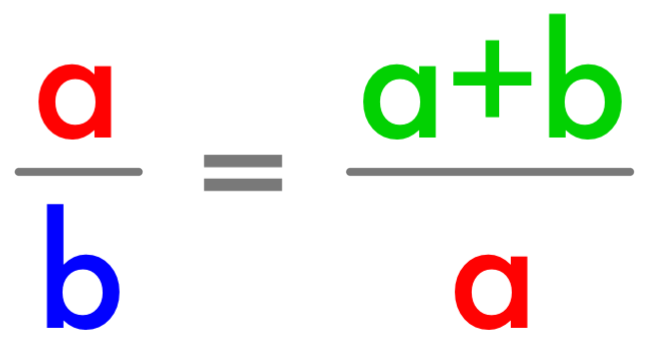 What do you know about golden ratios (Golden Ratio) in design? Picture 1
What do you know about golden ratios (Golden Ratio) in design? Picture 1
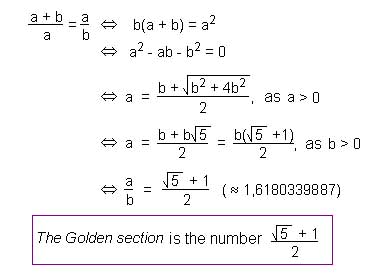 What do you know about golden ratios (Golden Ratio) in design? Picture 2
What do you know about golden ratios (Golden Ratio) in design? Picture 2
The ancient Greeks, Renaissance artists, 17th century astronomers and architects in the 21st century ., the common point of all these people is that they all use billion golden rule.
In mathematics and art, two quantities are called "golden ratios" if the ratio between the sum of these quantities and the larger quantity is equal to the ratio between a larger quantity and a smaller quantity. The golden ratio is usually indicated by the character φ (phi) in the Greek alphabet.
According to astrophysicist Mario Livio:
Some of the greatest mathematical minds of all time, from Pythagoreans and Eucalyptus (Ancient Greece), Leonardo of Pisa (Fibonacci), famous Renaissance astronomer Johannes Kepler to homes Modern science like physicist Roger Penrose at Oxford spends a lot of time researching this simple ratio and its properties. The attraction of the golden ratio is not only for mathematicians but also for biologists, artists, composers, historians, architects, psychologists or even mystics. This rate makes infatuation. In fact, it is fair to say that unlike any other figure in the history of mathematics, the golden ratio has inspired thinkers to establish all the rules in the world.
History of occurrence of golden ratio
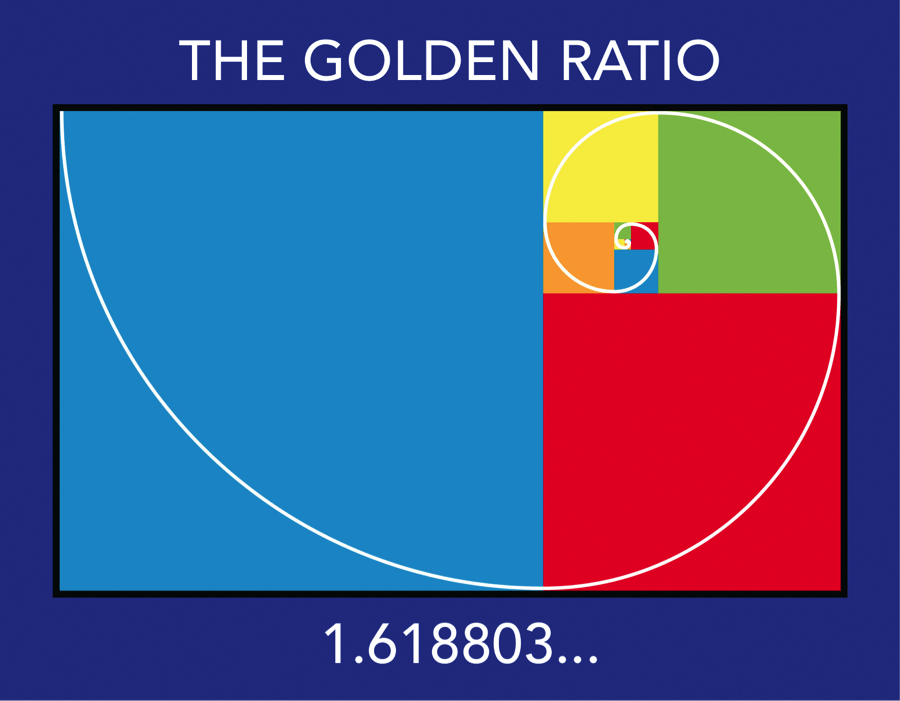 What do you know about golden ratios (Golden Ratio) in design? Picture 3
What do you know about golden ratios (Golden Ratio) in design? Picture 3
According to legend, in the 5th century BC, an ancient Greek mathematician named Hippasus discovered the golden ratio. However, at that time no one understood the power of this ratio in the universe.
Later, the Greek philosopher Pythagorean discovered the concept of harmony when he began to study the proportions while listening to the different sounds emitted by the hammer of the blacksmith hitting the anvil. in their ears. The masses of the hammer and anvil have produced different sounds with different pitches. Since then, Pyago has begun to expand into the study of stringed instruments and focus on the sounds made from them. He started with a string and made a 1: 1 monochord called Unison (homonymous). By changing the strings, he created other chords: the ratio of 2: 1 will produce musical notes separated by an octave (modern music theory called ratio 5: 4 - the length of the three chiefs). and the ratio of 8: 5 - the sixth chief. In further study of nature, Pythagorean observes certain patterns and these numbers continue to appear. Because of these reasons, he believed that beauty was associated with small integers.
Shocked and frightened, the Pytago followers tried to keep this secret, claiming that if anyone revealed it would be punished with death. With that discovery, they also realized the necessity of a number-based harmony and they held very special meanings.
The Greeks called this number a golden ratio and the character φ (phi) was named after the sculptor Phidias (500 BC - 432 BC) - the first to start researching and applying this ratio in too Parthenon temple designer.
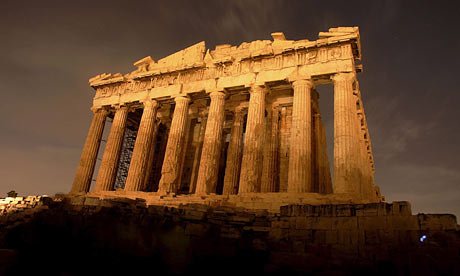 What do you know about golden ratios (Golden Ratio) in design? Picture 4
What do you know about golden ratios (Golden Ratio) in design? Picture 4
The ratio of gold in design and in nature
Normally, the universe in the universe almost does not follow a rule of any immutable. However, behind them are always hidden some principles that people can not easily find out.
The newspaper you are reading, the computer screen, the credit card, the petals, the leaves, the building or the shell ., everything is created based on a principle, a ratio , a balanced value. It seems that the universe is trying to "tell" us a hidden code in every aspect of nature - a unique and artistic code. That is the "golden" number - a perfect ratio.
Parthenon Temple, Turtle Tower of Vietnam, the painting "Young woman on Hue" by painter To Ngoc Van, the works of Leonardo da Vinci or Apple products are some of the typical examples of use. this ratio. In nature, you can see the golden ratio appearing in:
- Examples from the rectangle to the spiral follow the golden ratio (the figure formed by connecting the vertices of the rectangles drawn to the overlapping golden ratio) can be found everywhere: horns of sheep, minerals, whirlpools, whirlwinds, fingerprints, rose petals, concentric flower petals of cauliflower or sunflower, birds, insects, fish, galaxies, or a some other galaxies like the M51 strip right next to our galaxy . even the snail. A snail is so beautiful and so perfect as Anh Vu's snail must have an ingenious combination of golden ratio. Many tree species also show a relationship with the golden ratio in the length between the lower branches and the higher branches.
- In the universe there are many spiral galaxies in proportion to the golden spiral. For example, the galaxy NGC 5194 is 31 million light years from our galaxy.
- The golden ratio is also seen in planets. Saturn is an example. And even the moon and the earth have these "divine" proportions.
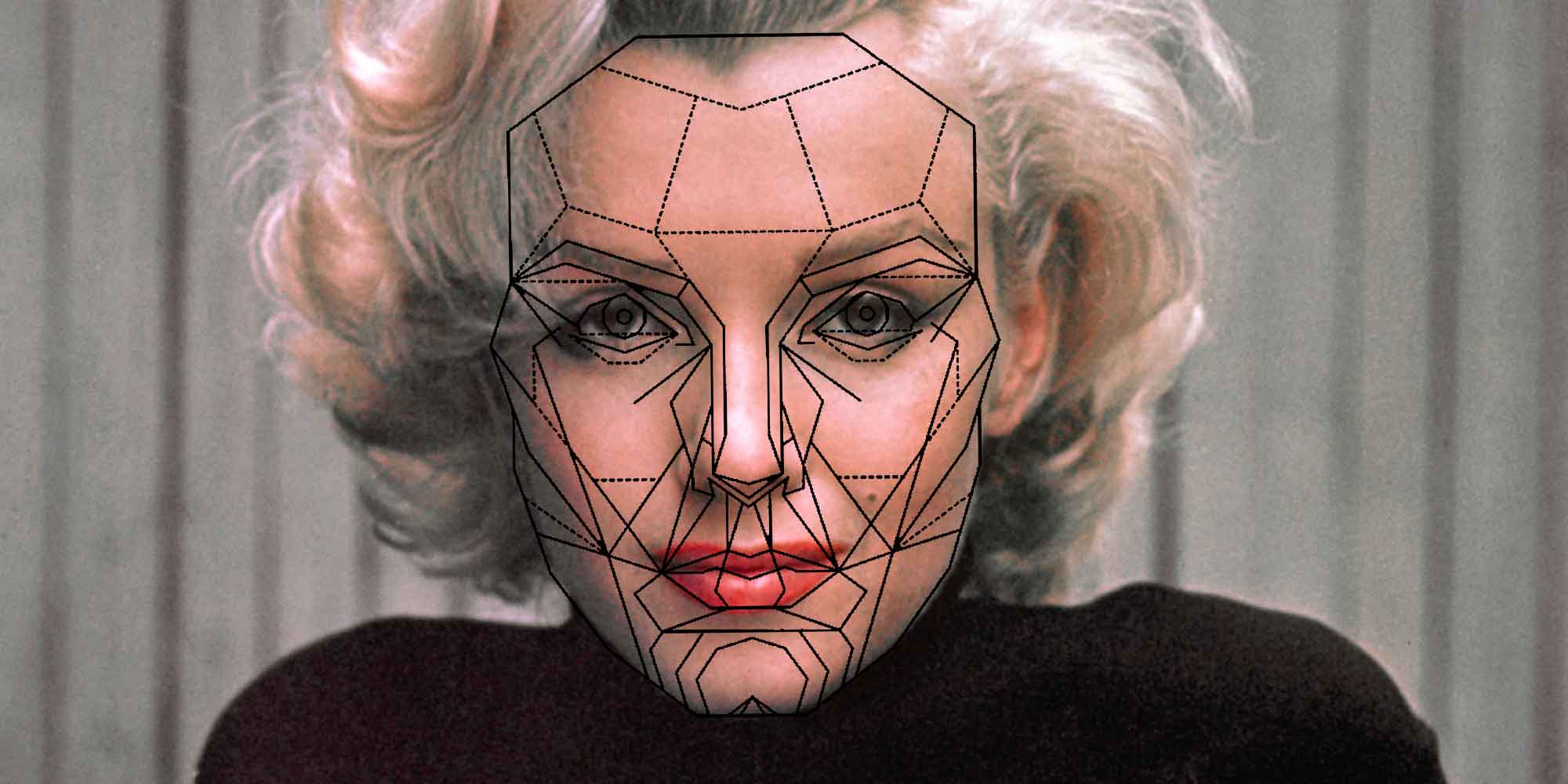 What do you know about golden ratios (Golden Ratio) in design? Picture 5
What do you know about golden ratios (Golden Ratio) in design? Picture 5
Human physique and supermodel definition
Man is an entity of creation.People are perfectly beautiful.Those are the things the Bible still says.The beauty of people here is probably a balance of physique.And if you are confident, about yourself, read the following lines and try to measure it on your own body, to confirm once more: "You are really beautiful".
- Height / top of head to fingertips = Ф
- Top of head to fingertip / tip of head to navel (or elbow) = Ф
- Top of head to navel (or elbow) / tip of head to chest = Ф
- Top of head to navel (or elbow) / shoulder width = vai
- Top to navel (or elbow) / arm length = Ф
- Top to navel (or elbow) / shin bone length = Ф
- Head to chest / head to head of skull = sọ
- Head to chest top / width of abdomen = Ф
- Length of forearm / hand length = Ф
- Shoulder to the fingertips / elbows to the fingertips = Ф
- Hip to ground / knee to ground = Ф
- Call the length from the navel to the top of the head is x, the length from the navel to the foot is y.The length of a arm span is called a.If x / y = a / (x + y) = 1,618 = Ф, then that is the body of the super models.
Why can the golden ratio create "visual satisfaction"?
 What do you know about golden ratios (Golden Ratio) in design? Picture 6
What do you know about golden ratios (Golden Ratio) in design? Picture 6
In the design, the golden ratio makes the work feel comfortable and natural, or more commonly known as the "visual satisfaction" concept . So why, is it so capable of "miraculous"?
According to Professor Adrian Bejan from Duke University (North Carolina), our eyes have the ability to interpret a hidden image that has a faster rate of gold than other images (without this ratio).
Bejan points out that the world of an animal - whether you are an art gallery person or an antelope on the steppe - is always oriented horizontally. When an antelope's eye sweeps along this horizontal line, the danger is basically from either side or from behind, not from above or below (not vertically). Therefore, its field of view will also be developed accordingly. When vision is developed, animals will be "smarter" and safer by better observations that will move them faster than before.
"It is almost universally known that the eyes receive information more efficiently (about 5 times faster) when they scan from side to side (horizontally) than when scanning from top to bottom. what many people are drawing and building, you will see these proportions everywhere ".
Bejan also affirmed that "if you scan only vertically, it is like you only use it or you can see only one eye. The eyes are also placed along the horizontal axis on the face - which seems to match the scene" .
Vision also depends on the flow of information being received faster from the eye to the brain. Eyes easily "scan" information when the image is wider than the vertical.
According to a theoretical study published in the International Journal of Design & Nature and Ecodynamics, the shapes that the human eye scans best are rectangular with a width of 1.5 times the vertical and According to Professor Bejan, this is approximate to the golden ratio.
Another study by the University of Toronto also found that the faces of women are considered the most attractive if the vertical distance between the eyes and mouth is approximately 36% of the length of the face and the distance in the direction The horizontal between the eyes is approximately equal to 46% of the width of the face. These are also considered ratios of "universal" faces.
You should read it
- Cats are perfect animals, at least when applying the Golden Fibonacci ratio
- Things to know about golden time in photography
- Laptop: Broader, more 'delicious'
- What is the aspect ratio? Things to know about aspect ratio
- Voting offerings for the golden ceremony saw the ancestors on Tet holiday
- What are the golden strands in a banana? Can I eat it?
- True to the 'golden hour' frames after eating, how much they are not afraid of fat
- Is 4:3 or 16:9 aspect ratio better for photos and videos?
- Smart gecko fake dead fool fool escaped spectacular death
- Take photos on a smartphone more artistic at a rate of 1/3
- People often behave more correctly when thinking that someone is following you? Is this correct?
- 20 golden rules on the dining table that everyone must know





 Cats are perfect animals, at least when applying the Golden Fibonacci ratio
Cats are perfect animals, at least when applying the Golden Fibonacci ratio Adobe Premiere Pro has the ability to automatically change the video aspect ratio
Adobe Premiere Pro has the ability to automatically change the video aspect ratio What is the aspect ratio? Things to know about aspect ratio
What is the aspect ratio? Things to know about aspect ratio Laptop: Broader, more 'delicious'
Laptop: Broader, more 'delicious' Odd screen rate disruptive to consumers
Odd screen rate disruptive to consumers Things to know about golden time in photography
Things to know about golden time in photography